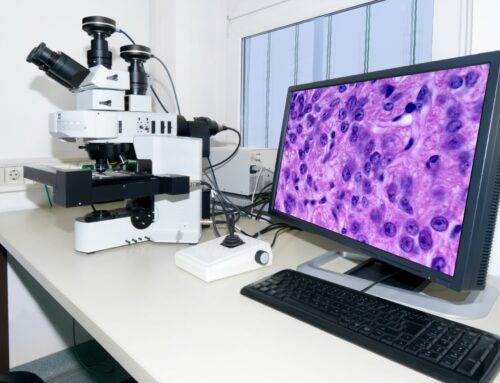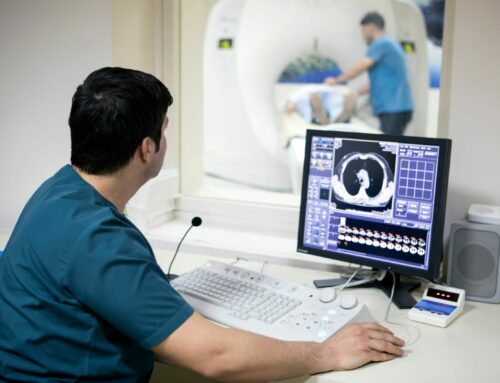It’s no secret that COVID-19 threatened to overwhelm hospitals this year.
But even without the added strain of the pandemic, the American healthcare system already faced questions about whether it can meet the needs of an aging population that will put even greater demands on an inadequate supply of doctors and equipment.
Just recently, the Association of American Medical Colleges released a study that said by 2033 the nation could experience, at minimum, a shortage of 54,100 physicians if something is not done.
But boosting the number of doctors isn’t the only answer to the challenges healthcare faces. Instead, making more efficient use of personnel and equipment that already exist could be the true gamechanger, says Sanjeev Agrawal, co-author with Mohan Giridharadas of Better Healthcare Through Math (www.leantaas.com).
“At a time when digital tools that use predictive analytics could dramatically improve the system’s efficiency, appointments for doctor visits and use of equipment such as an MRI essentially are still done by people looking at a calendar,” he says.
Agrawal and Giridharadas, senior executives at LeanTaaS, a software company that focuses on improving healthcare operations, say healthcare can look to FedEx, Uber and other companies for examples of how the power of math can solve complex issues of scheduling, asset utilization, and supply-and-demand.
“FedEx guarantees delivery the next morning anywhere in the country, despite the fact that it has no way of knowing how many packages will be shipped from any origin to any destination on any given day,” Giridharadas says.
In comparison, a patient who needs an MRI might need to schedule two weeks in advance, and then still be forced to wait when they arrive, Agrawal says. Meanwhile, during that two weeks, there likely were 20 to 25-minute chunks of time when the MRI machine sat unused.
Both patients and healthcare providers would win if these old ways of doing things were put aside, Giridharadas and Agrawal say. Some advantages would include:
-
Increased access for patients. If you can move more patients through the system in the same amount of time, then healthcare becomes more accessible for more people. “It’s also good for the bottom line,” Giridharadas says.
-
Lower operating costs. Greater productivity allows health systems to absorb a growing number of patients without a corresponding increase in labor or facility costs, Agrawal says. “Lower costs lead to greater revenue retention for the company,” Agrawal says. “And when fewer cost increases need to be passed on to patients, they benefit as well.”
-
Better patient experiences. Patient complaints often revolve around not their actual care, but difficulties scheduling appointments and long wait times after they arrive. “Increased productivity allows health systems to offer more appointment choices today, tomorrow, and this week, and to reduce patients’ wait times throughout the course of each encounter with the system,” Giridharadas says.
-
Improved use of equipment. When facilities can get more use out of specialized equipment, then they don’t need to spend more money to expand buildings or buy more equipment, Agrawal says. “In addition, when providers and patients have access to equipment in a timelier manner, the result can be better clinical outcomes as well as reduced patient anxiety,” he says.
Healthcare, until recently, didn’t feel much pressure to change its inefficient ways, Giridharadas says. That’s changing as economic forces such as reimbursement pressures and lack of capital bear down on healthcare.
“As with any other industry, the invisible hand of the market will eventually have its way,” he says. “This means healthcare must begin to think more competitively and innovatively. The market differentiators in healthcare will revolve around better patient access, lower cost, and superior quality of service.”
About Mohan Giridharadas and Sanjeev Agrawal
Mohan Giridharadas and Sanjeev Agrawal, co-authors of Better Healthcare Through Math, are senior executives at LeanTaaS (www.leantaas.com), a software company that focuses on improving healthcare operations. Over the past six to seven years, LeanTaaS has conducted thousands of conversations with physicians, nurses, administrators, and healthcare executives to understand the issues they face. LeanTaaS has invested well over $100 million in building software products that address these problems by mathematically matching supply and demand for healthcare assets, and helping more than 100 leading healthcare systems in the United States realize substantial improvement in operational performance.












